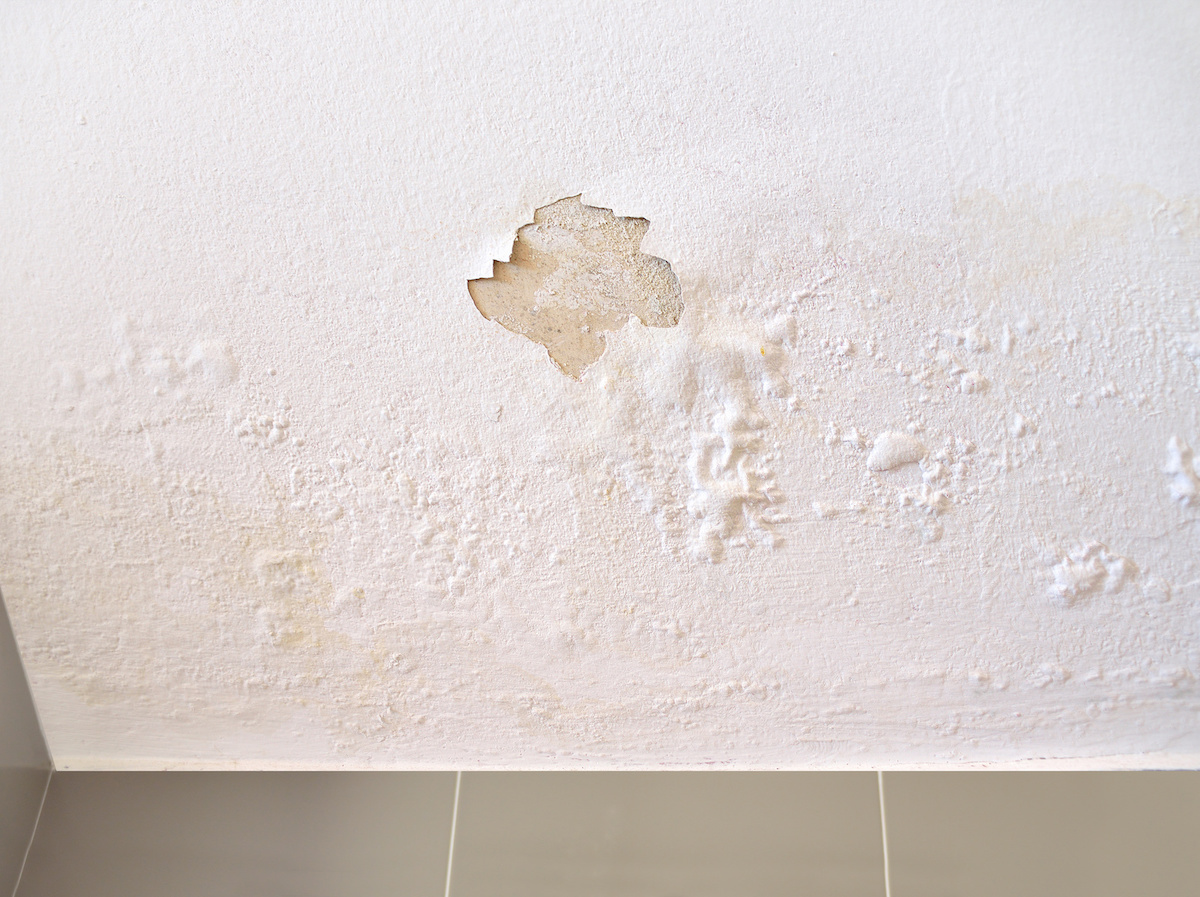How to avoid a Water Damaged Bathroom
How to avoid a Water Damaged Bathroom
Blog Article
What're your insights and beliefs about How to Fix a Water Damage Bathroom?

The restroom is very prone for wet accumulation and prospective water damages as a result of the constant use water in it. This article provides basic assessment methods to assist finding water damages threats.
The frequent use of water in the restroom makes it incredibly susceptible for moist buildup as well as potential water damage. By examining it routinely, you can reduce water relevant problems.
The adhering to collection of assessments is very easy to perform and also need to be done as soon as in every 3 months in order to keep your restroom in good shape as well as to avoid prospective water damages caused by the bathtub, the shower, pipeline joints and plumbing, sinks, cabinets, and also the commode
Do not overlook carrying out these inspections and also be detailed while executing them. Bear in mind that these easy inspections can conserve you a lot of money by providing very early indicators for water damage
Sinks and Cabinets
Sinks and also cupboards are exposed to dampness as well as humidity daily and also are typically neglected. Inspect consistently under the sink as well as on the countertop above it. Repair any kind of drip in the trap as it may recommend drain problems. Browse the sink, sluggish draining pipelines might indicate an obstructed drain. Replace sink seals if they are split or loose.
Bath tub as well as Shower
The shower and tub require unique interest and also maintenance. Check the ceramic tiles and change if broken. See to it that there is no missing out on grout in between the tiles. Check and change cracked caulking at joints where the wall surfaces meet the flooring or the bathtub. Clogged drains pipes and pipelines problems will certainly prevent the tub from drying as well as might suggest significant issues under the bathtub. Seek advice from a professional promptly to stop structural damages. Pay attention to discolorations or soft locations around the bathtub wall surfaces as they might indicate an inner leak.
Plumbing
Signs for water damage are tough to detect considering that the majority of pipes are set up inside the wall surfaces.
Pay special interest to floor covering and walls wetness and also stains as they might show an unnoticeable plumbing issue. Examine moisture levels in adjacent rooms as well.
The Bathroom
The bathroom is a prone water joint. Check the water lines and search for leakages around the commode seat, in the hose, as well as under the water container. If you detect any type of indications of dampness on the flooring around the toilet, check for leakages in the toilet edge and also tank seals.
Understand that hanging bathroom dish antiperspirants raises the chances for blockages.
Water Damage Signs In The Bathroom To Avoid Cleanup
Musty smell
This is one of the easiest signs to catch because musty smells are so odorous. The damp, earthy, moldy smell should be a big red flag. The smell will develop when moisture gets trapped in surfaces, and begins to facilitate mold growth. Leaking pipes under cabinets, inside walls, and behind shower fixtures will cause moisture to stay trapped and not dry, which will lead to mold growth and spread. As soon as you notice any musty smells in your bathroom, have it checked for hidden water damage and cleanup signs.
Visible mold
If the smell isn’t there to give it away, sometimes you will actually see mold growth. Finding mold in your bathroom is a serious problem, because mold is very harmful to your health. By the time mold growth is visible, it also means that water damage has already occurred and been present for some time. The only way the mold problem can be resolved is to find the source of the moisture and get it stopped. To safely and adequately remove mold, you need to have professionals handle the remediation. Do not waste any time in getting mold problems addressed, fixed, and sanitized so that you can protect you and your family from the many respiratory symptoms caused by mold exposure.
Damaged floors
Bathroom floors should be able to withstand some exposure to water while still remaining in good condition. However, when excess exposure or water leaks occur, they will begin to damage even the most water-resistant flooring. If you notice any cracking, bubbling, staining, or warping on your bathroom floors, there is probably a water leak somewhere causing the distortion. If you notice areas of the floor have become softer, or even have a spongy feeling, there is probably damage to the subfloor. Subflooring is typically made up of plywood. When plywood is exposed to water or moisture, it will absorb it. Once it has become saturated, the weight of the excess water will cause the wood to swell and soften. Check the floors in your bathroom frequently to catch any of these sings before they lead to damaged subflooring.
Changes on walls
When water leaks behind walls, it will cause changes in the drywall. Peeling plaster, blistering paint, and soggy wallpaper are all good indicators that excess water is building up behind the wall. Water leaking behind drywall will cause it to swell and be soft to the tough. If you start to notice gaps along the trim of your walls, or where tile meets the wall, it could also be a strong indicator that there is a leak behind the wall. Any changes, distortion, or damage on the walls should be evaluated as soon as you notice it to prevent further water damage and cleanup.

I have been very eager about How to Fix a Water Damage Bathroom and I hope you appreciated my page. Are you aware of another person who is inquisitive about the subject? Feel free to share it. Thank you for going through it.
Booking Page Report this page